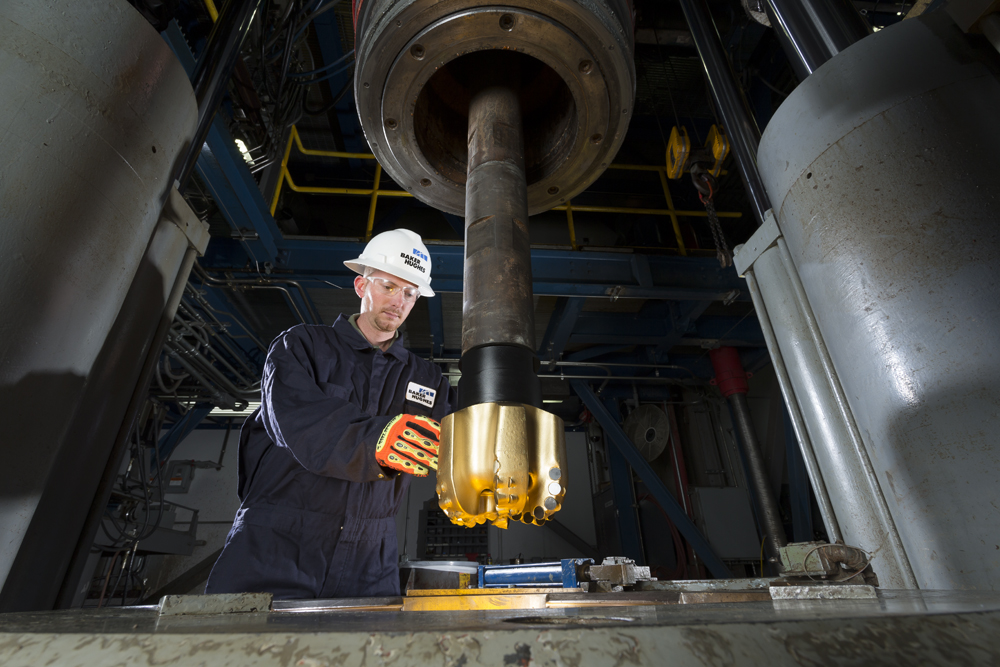The Baker Hughes rig count continues to inch slowly upward as operators get used to $45 crude oil. The international rig count is headed in the opposite direction, led by fewer rigs operating in Latin America. What do these rig counts tell us about which plays or regions can make money at $45?
The July 8 rig count was up by nine rigs to 440 units, following the July 1 rig count that was up by 10 rigs. The rig count has been rising since May 20, when it bottomed at 404 rigs. That’s a very slow rise over the last seven weeks as operators test their confi dence in whether or not the price of oil will remain in the mid to upper $40s.
In a July 8 blog Gaffney, Cline & Associates said, “Perhaps operators are providing an early signal that they see the need to increase, or at least maintain, future U.S. crude production. The recent string of weekover-week increases in the onshore oil rig count could be a positive event but also should have been expected at this stage in the cycle.
“Rig count tends to lag increases in oil price by as much as a quarter. Oil has enjoyed a strong quarter; it’s possible that will boost rig count in second-half 2016,” the report continued.
“Oil has traded between $45 and $51 per barrel in the last month after almost doubling from a 12-year low in February during supply disruptions and falling U.S. crude production. The recovery has prompted operators to begin returning drilling rigs to service, leading to an expectation that the decline in production will slow,” the report added.
At 201 rigs Texas has 45% of the rigs that are running in the U.S. Of those rigs in Texas the Permian Basin has 158 rigs (78.6%) turning to the right. The Texas count bottomed out at 173 rigs May 20 and May 27. The Eagle Ford with 33 rigs operating is the second highest count, followed by the Cana Woodford and Williston, each at 28 rigs.
The Permian Basin shows the strongest inclination to make money at $45. Most of the oil/condensate plays have shown slow increases, while the rig counts for the gas plays like the Marcellus, Utica and Haynesville have been static. There are no rigs running in the Ardmore Woodford or the Fayetteville. That shows that operators will be pushing the oil plays fi rst at the current prices.
The international rig count for May 2016 was 955 units, up nine from the 946 rigs counted in April 2016. The June count dropped 28 rigs to 927 units. The biggest drop has been in Latin America, which is off 25 rigs since April. The international offshore rig count for May 2016 was 229 rigs, up 9 from the 220 units counted in April 2016. The June count was down by six units to 223 rigs.
Years ago the seismic industry was looking for bright spots for places to drill. Now the drilling industry is looking for bright spots of a different kind.

Recommended Reading
Not Sweating DeepSeek: Exxon, Chevron Plow Ahead on Data Center Power
2025-02-02 - The launch of the energy-efficient DeepSeek chatbot roiled tech and power markets in late January. But supermajors Exxon Mobil and Chevron continue to field intense demand for data-center power supply, driven by AI technology customers.
BlackRock CEO: US Headed for More Inflation in Short Term
2025-03-11 - AI is likely to cause a period of deflation, Larry Fink, founder and CEO of the investment giant BlackRock, said at CERAWeek.
Murphy Shares Drop on 4Q Miss, but ’25 Plans Show Promise
2025-02-02 - Murphy Oil’s fourth-quarter 2024 output missed analysts’ expectations, but analysts see upside with a robust Eagle Ford Shale drilling program and the international E&P’s discovery offshore Vietnam.
Lion Equity Partners Buys Global Compression from Warren Equipment
2025-01-09 - Private equity firm Lion Equity Partners has acquired Warren Equipment Co.’s Global Compression Services business.
Michael Hillebrand Appointed Chairman of IPAA
2025-01-28 - Oil and gas executive Michael Hillebrand has been appointed chairman of the Independent Petroleum Association of America’s board of directors for a two-year term.
Comments
Add new comment
This conversation is moderated according to Hart Energy community rules. Please read the rules before joining the discussion. If you’re experiencing any technical problems, please contact our customer care team.





